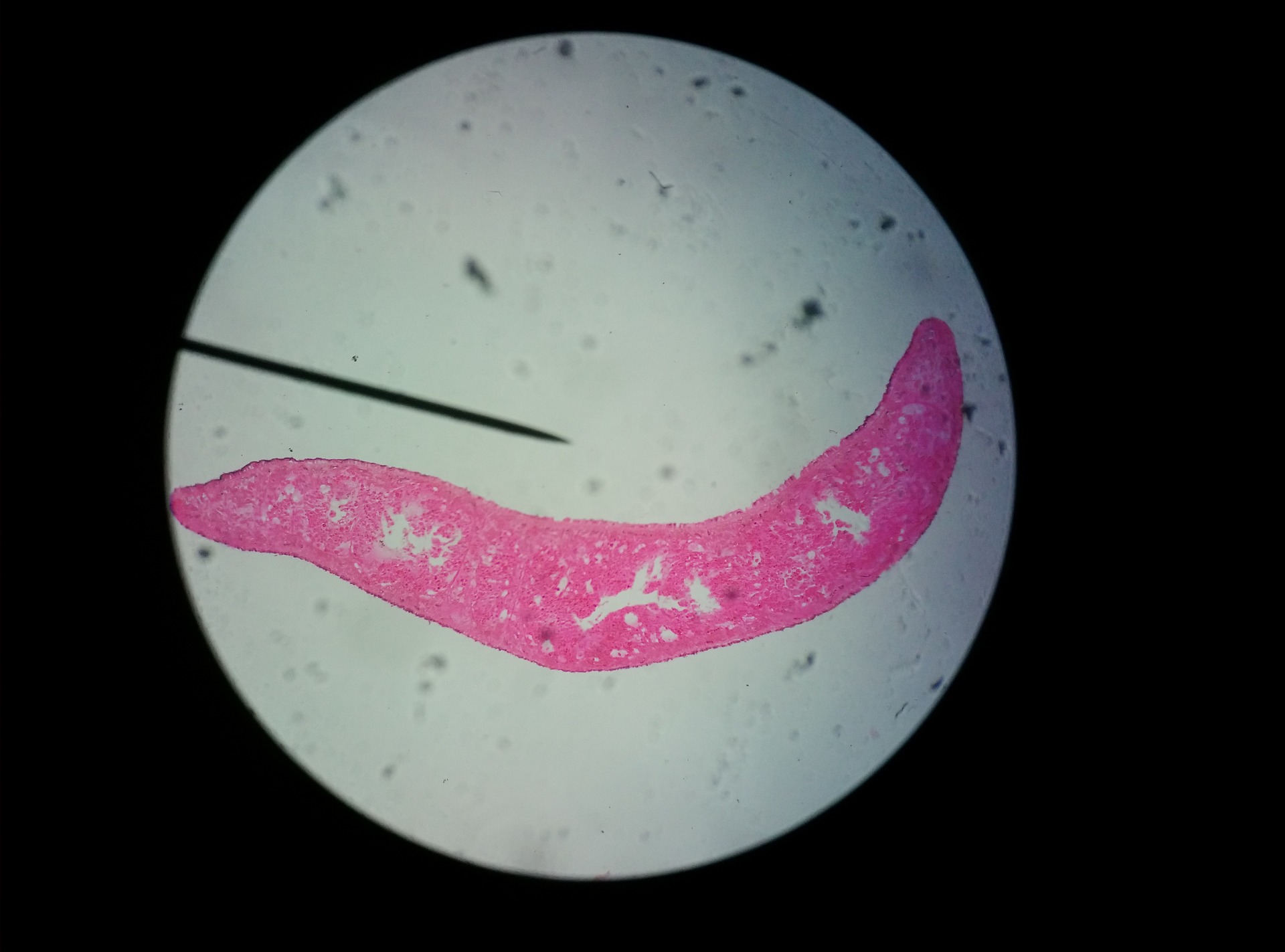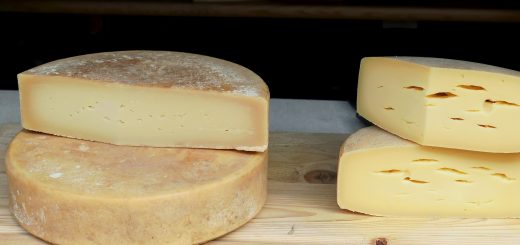KITCHEN SCIENCE FOR STUDENTS. About microorganisms

Author: Octavian Horia Minda
Summary
The lesson teach students to identify the causes of food spoilage as microbial factors, natural food enzymes, and other factors. Students will focus on investigating conditions that allow microbial growth and cause microbial spoilage. Students will learn the acronym FATTOM and they will describe these six conditions as well as actions that can be taken to modify these conditions to reduce or prevent microbial growth and reproduction.
| Subject | Green Green Biotechnology |
| Topic | |
| Age of students | Middle school 11-15years old |
| Preparation time | 60’ |
| Teaching time | 2×50’ |
| Online teaching material (links for online material) | https://www.ift.org/ |
| Offline teaching material | pH test kit and laminated color keys; Food thermometers. |
Aim of the lesson
By the end of this lesson students will:
1. Identifying three causes of food spoilage: microbial factors, natural food enzymes, and other factors.
2. Defining the acronym FATTOM and describe the factors affecting microbial growth.
3. Examining samples of four different foods and determine the factors that caused the changes.
Preparation of food samples:
1. A: Put one fresh piece of bred in a Petri dish right before class begins. B: Prepare the moldy bread three days in advance by misting it with water and leaving it in a Petri dish. 2. A: Pour a fresh glass of milk right before class begins. B: Leave a glass of milk at room temperature over night or add a tablespoon of vinegar right before class begins. 3. A: Slice up a head of cabbage right before class begins. B: Pour Sauerkraut in a bowl right before class begins. 4. A: Place whole cucumber on table right before class begins. B: Pour pickles from container into bowl right before class begins. 5. A: Place whole cantaloupe on table right before class begins. B: Cut up cantaloupe and place in a Petri dish two days before class, leave at room temperature. Be sure that whole cantaloupe (sample 5A) stays in room temperature the same amount of time
Activities
Describe here in detail all the activities during the lesson and the time they require. Remember, that your lesson plan needs to revolve around the topic of bioeconomy.
| Name of activity | Procedure | Time |
| Review from previous lesson. | How are beneficial microorganisms used in the food industry? Name some foods that are produced using beneficial microorganisms. | 5’ |
| State expectations for today’s lesson | Today we are going to continue to narrow down the suspects list by: 1. Identifying three causes of food spoilage: microbial factors, natural food enzymes, and other factors. 2. Defining the acronym FATTOM and describe the factors affecting microbial growth. 3. Examining samples of four different foods and determine the factors that caused the changes | 10’ |
| Interest approach | Write FATTOM on the board. Ask students what words are represented by the acronym FATTOM. Tell the students the acronym relates to what living things need to survive. Have the students make a list of what living things need to survive. Examples of student answers: food, water, shelter, and oxygen. F: food (any type of food item that provides nutrients for microorganisms) A: acidity (the pH range where microorganisms can survive or grow) T: temperature (temperature range where microorganisms can survive or grow) T: time (time it takes for microorganisms to reproduce) O: oxygen (some microorganisms need oxygen to grow, some do not) M: moisture (water availability) | 15’ |
| Lead discussion on food spoilage and its causes. Following is the definition of food spoilage. Ask for student input to identify things that cause food to spoil. | Food spoilage is the condition in which food becomes undesirable. Spoilage affects the aroma, texture and/or appearance of food. There are many ways in which food spoils but we will discuss only three mechanisms including: 1. Microbial factors 2. Natural food enzymes 3. Other factors | 10’ |
| You can use an apple to demonstrate natural food enzymes. Cut an apple in half at the beginning of class and let it sit out for a few minutes. The flesh of the apple will begin to brown. This apple is still safe to eat but maybe less desirable. Note: Certain varieties of apples, such as Empire, will exhibit less browning, so try this experiment in advance. | Natural food enzymes cause foods such as fruits and vegetables to ripen and if allowed to continue will cause spoilage of the product. An enzyme is a complex protein molecule that stimulates or speeds up a specific chemical reaction without itself being used up. | 10’ |
| Following is a discussion on the other factors of food spoilage. | There are many other factors causing food spoilage including: 1. Pests such as insects and rodents 2. Heat and cold 3. Moisture and dryness 4. Oxygen 5. Light 6. Time If foods are mishandled or exposed to these factors they can spoil. Sometimes multiple factors can work together to cause food spoilage | 10’ |
| Following is the definition of microbial spoilage. | Microbial spoilage: Microorganisms grow and reproduce, causing unwanted changes to the color, odor, taste, and texture of the food | 10’ |
| Focus discussion on microbial food spoilage, in particular bacterial spoilage. Students may want to know how the six FATTOM items are related. Microbes need all FATTOM to survive. If one of the six FATTOM is intentionally manipulated by the food industry, microbial growth is modified. This is the basis for many food preservation technologies. | How do microorganisms spoil food? Microorganisms, like all living things, metabolize nutrients in order to grow. They utilize the carbohydrates, fats, and proteins in foods as energy sources for cell growth and reproduction and produce by-products as a result of growth. In accomplishing these tasks, bacteria, yeasts, and molds can cause foods to change color, develop a bad odor or get slimy. Can you name basic things organisms need to survive? Food Water Oxygen Shelter/Environment There are six factors that affect the survival and growth of microorganisms. An easy way to remember them is with the acronym FATTOM. FATTOM: Food, Acid, Time, Temperature, Oxygen, and Moisture. In right conditions, spoilage bacteria reproduce rapidly and large populations can grow in a short amount of time. 1 cell becomes 2 cells, 2 cells become 4 cells, 4 cells become 8 cells, and so on. Their by-products cause changes in the odor, taste, and texture of the food.Spoilage microorganisms can multiply at room or refrigerator temperatures and can make food look, smell, or taste bad. The microorganisms that cause food to spoil are not the same ones that cause foodborne illnesses. Harmful bacteria, viruses, and parasites rarely make food look, smell, or taste bad, so you cannot tell (without laboratory testing) when these microorganisms are present in food. It is a good practice to discard spoiled foods and foods that have been left out of refrigeration for more than 2 hours or have been mishandled. Remember: when in doubt, throw it out! | 25’ |
| Reflections for future use. | 5’ |
Assessment
In this lesson students will be assessed on the completion of their Case Notes after observing the food samples.
CASE NOTE
Name ………………………………………………………
Food Spoilage
Name three mechanisms that cause food spoilage and an example of each
| Factors | Example |





